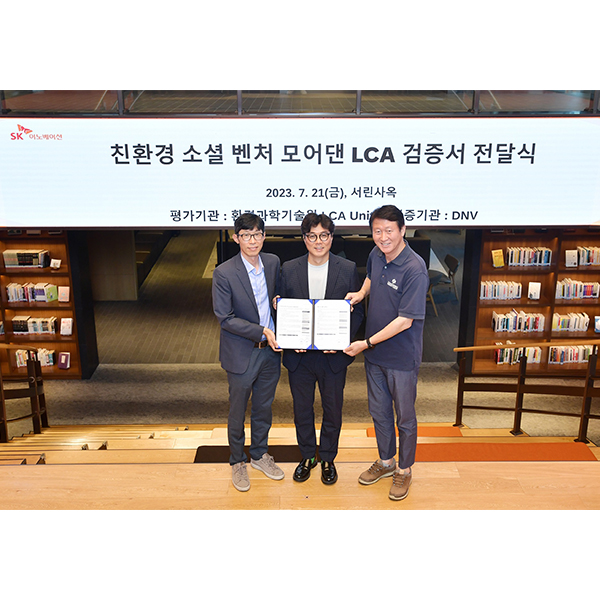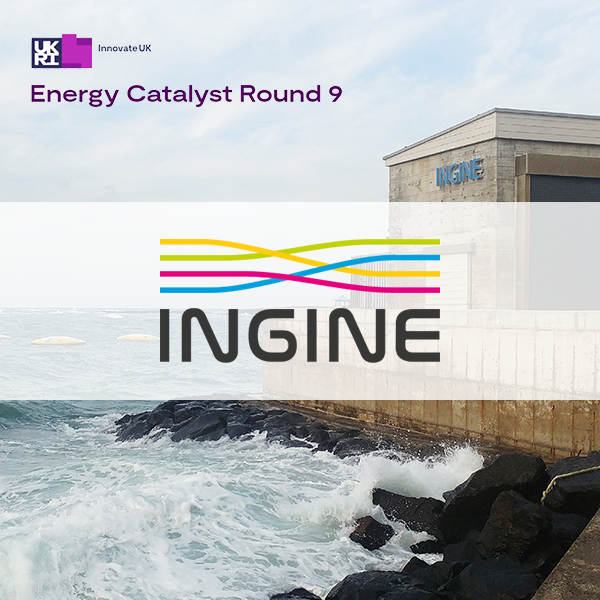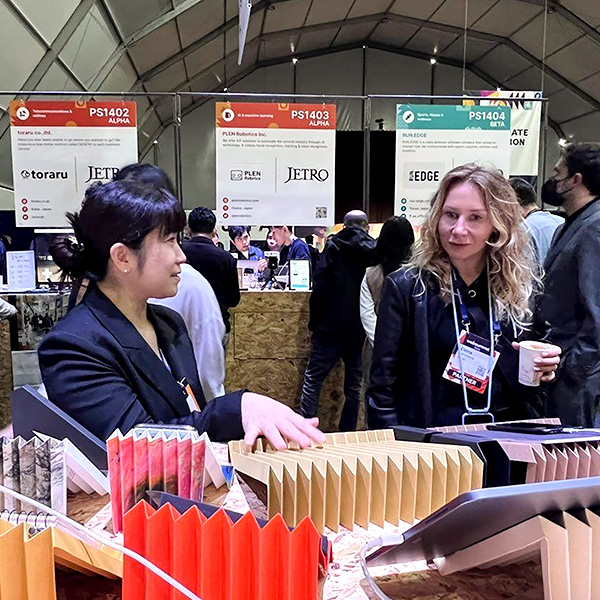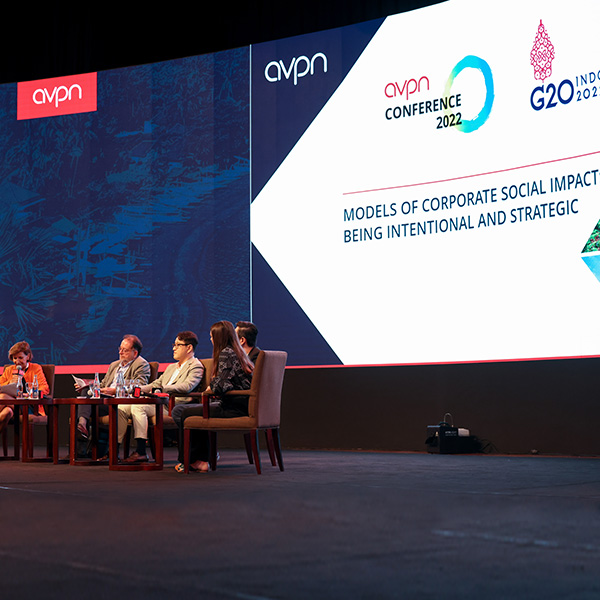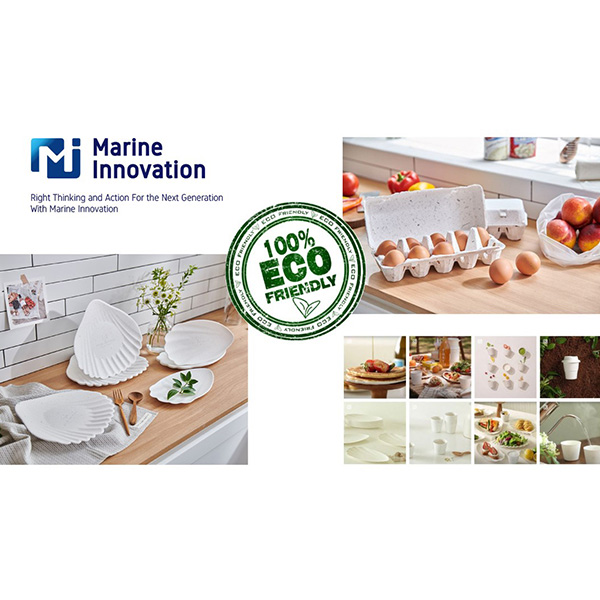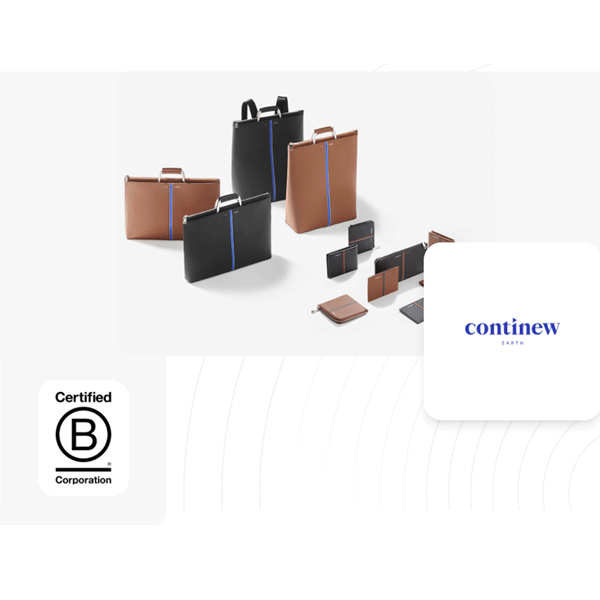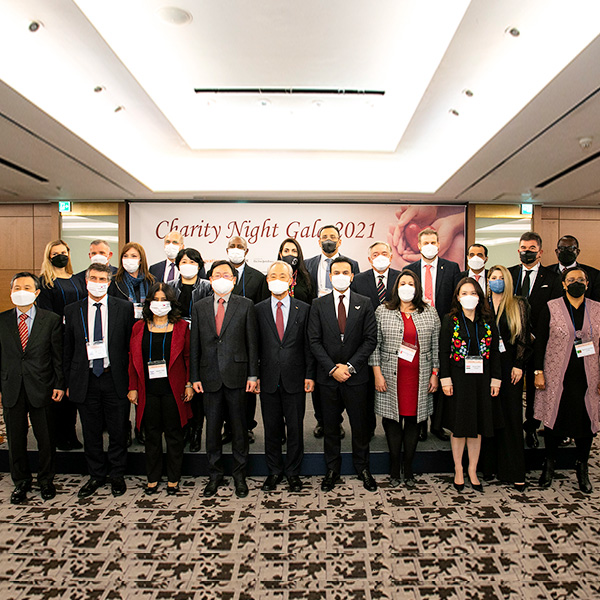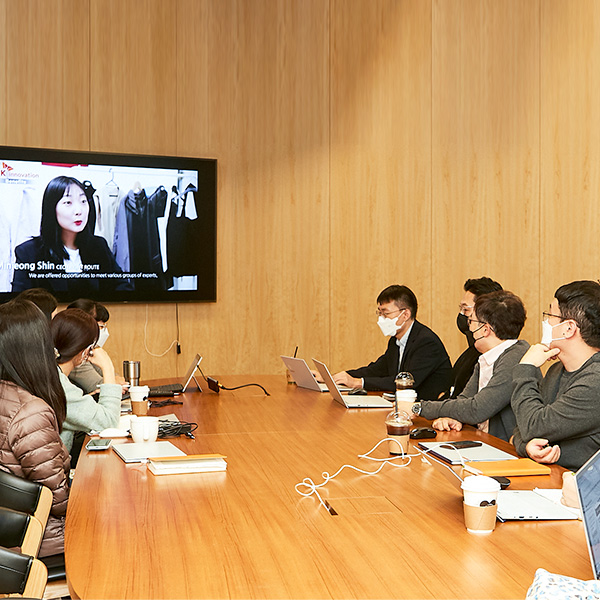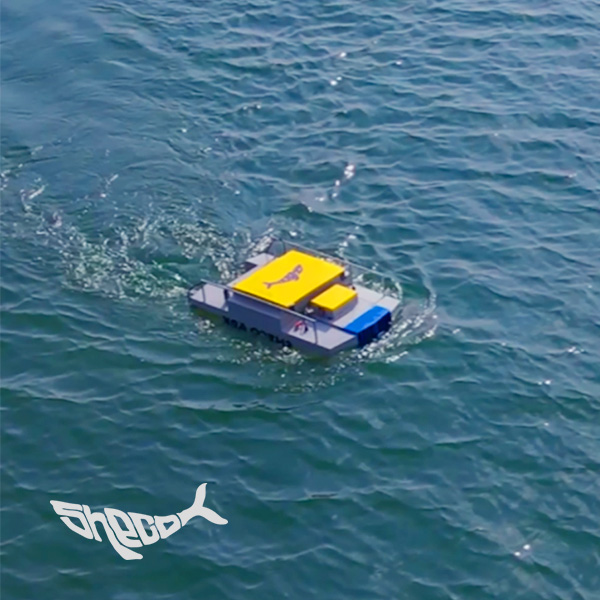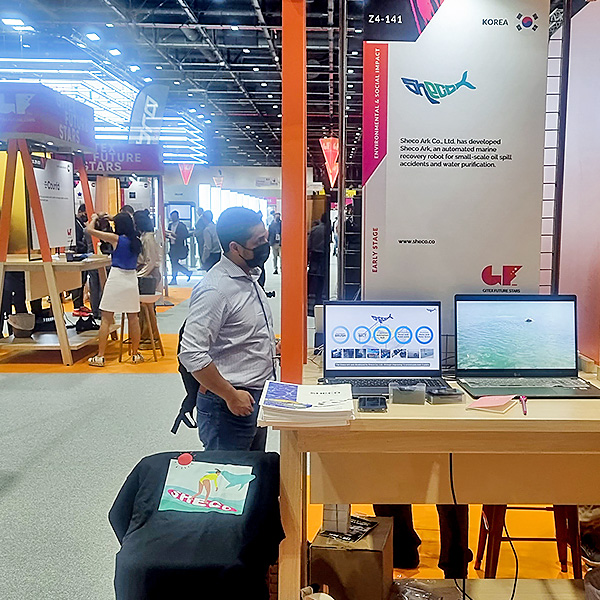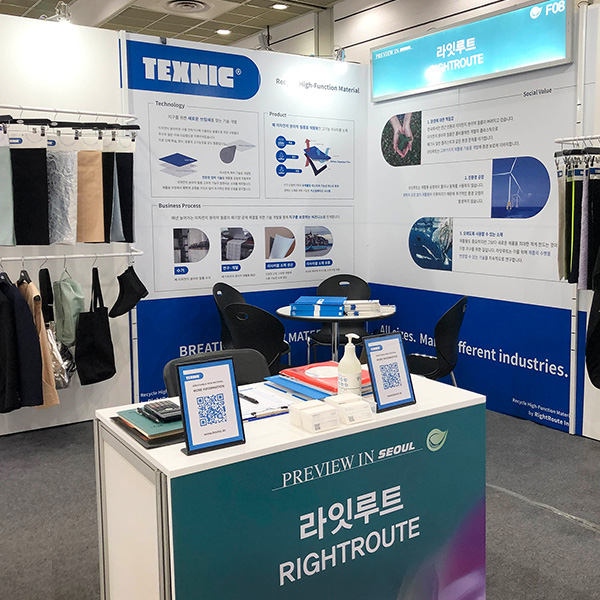 Social Enterprise
Social Enterprise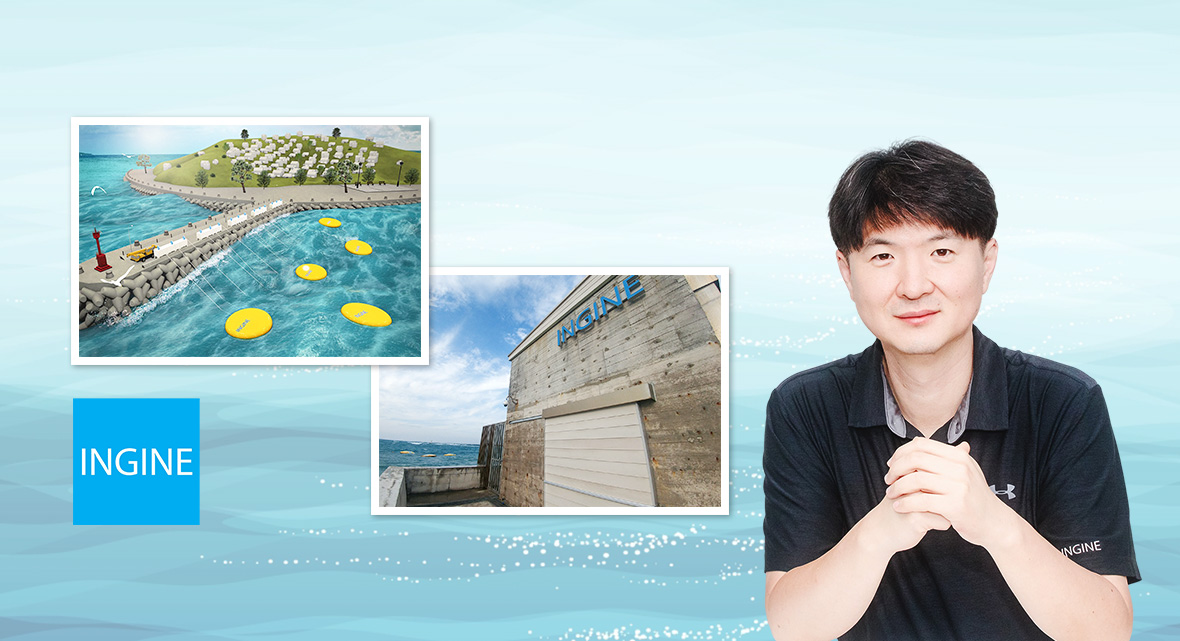
An interview with Sung Yong-jun (Daniel), CEO of INGINE,
one of the four participating companies in the SV2 Impact Partnering Program
supported by SK Innovation in 2019
INGINE’s homepage: http://INGINE.co.kr/
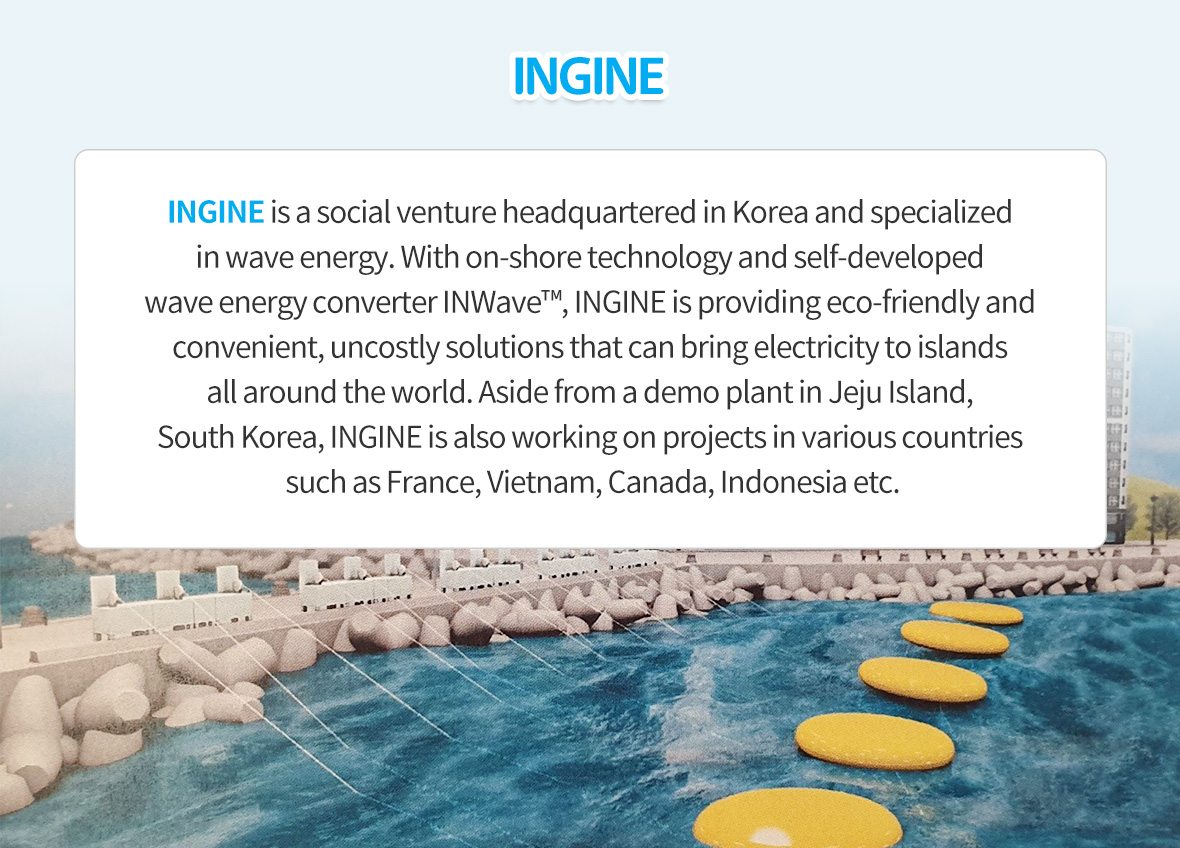
Q1. You must have already known the “tradition” of this series – starting with the name. What does INGINE mean? Does it have anything related to “engine”?
Yes, many people asked us this question. INGINE is the combination of “IN” – which is the pronunciation of the word “human” or “person/people” in Korean, and “GINE” in “engineering” – which is symbolizes Technology. These are our two core values, representing our commitment to develop innovative technology solutions to build a sustainable environment for future generations, while making sure that our teams always use their creativity, perseverance and mutual respect to grow together. They are also the source of our technology and what motivates us to move forward.
Q2. How did you start this business?
When the financial crisis in 2008 hit us, I was working as an engineer for an oil & gas company. At that time, the only way to generate electricity on islands was using diesel power generation, thus the high cost and the negative effects on the environment were unavoidable. Such pain points made me wonder what kind of sustainable energy could replace the expensive, carbon-rich diesel. So I devoted myself to do more research and found out the potential of wave energy along the way. The idea of a system combining the stability of onshore generation and the efficient capture of nearshore wave energy came up to me. In 2021, our onshore wave energy technology was born, marking a significance start for our journey as a social venture that can bring clean energy to islands.
Q3. Wave energy is not a familiar term to many of us who are not in the field, so could you explain what exactly it is?
Wave energy is a form of renewable energy captured from the motion of ocean waves. In the ocean, ever-flowing waves contain about 3 terawatts of energy. Wave energy is efficient, reliable, dense, predictable. Wave energy has the lowest ratio of CO2 emissions among all renewable energies – it is quasi negligible. In this perspective, the potential for wave power to reduce polluting emissions from energy access and power generation can be leveraged to great effect. Islands and remote coastal communities have the resources and the needs to transition towards clean wave energy. However, wave energy is not commercialized yet, which is why many people are not familiar with this term. INGINE works on solutions that can be commercialized in the near future. INGINE believes wave energy will become the next most important renewable energy source after solar and wind power.
Q4. How is this “on-shore” technology possible?
Firstly, let me show you a short video that explains our technology.
Compared to the common offshore wave energy technologies, which require expensive submarine cables, INGINE took a differentiated approach of developing an onshore type wave energy converter (WEC). As for the cost, whereas offshore WECs incur pricey electricity cost and high capital expenditure for market entry, INGINE’s onshore technology cuts down the levelized cost of energy. As for the technology, the absorption of coastal waves is ensured through a patented multi-directional wave harvesting technology, unlike common uni-directional point-absorber WECs. Since electricity is generated onshore, the system is more stable and maintenance costs are lower. Last but not least, the INWave™ modular technology allows for distributed generation including in micro-grid areas. Each module can stand on its own or be multiplied into multi-MW installations. INGINE can therefore adapt its offer to local site conditions and local energy demand.
Q5. Thank you for your explanation. It sounds simple in theory, but I guess it was not easy at the beginning, and there must have been some ups and downs in your business. Which obstacles you have faced, and how you have been overcoming them?
Starting a business on your own is indeed challenging. In particular, as the wave energy sector is not fully mature yet, it takes much time, effort and financial resources to conduct market research and technology tests. In the early days, INGINE encountered many challenges when looking for investment. Fortunately, since 2015, INGINE has received investment from support programs and venture capitals including the Korea SMEs and Startups Agency and Wadiz – a crowd funding platform. This means our potential is being recognized by a growing number of organizations in Korea, and SK Innovation is among them. In 2019, SK Innovation invested about 2 million USD into INGINE. With SK Innovation’s support, we had the opportunity to participate in the Zero Carbon Island Initiative Project in Quang Ngai, Vietnam.
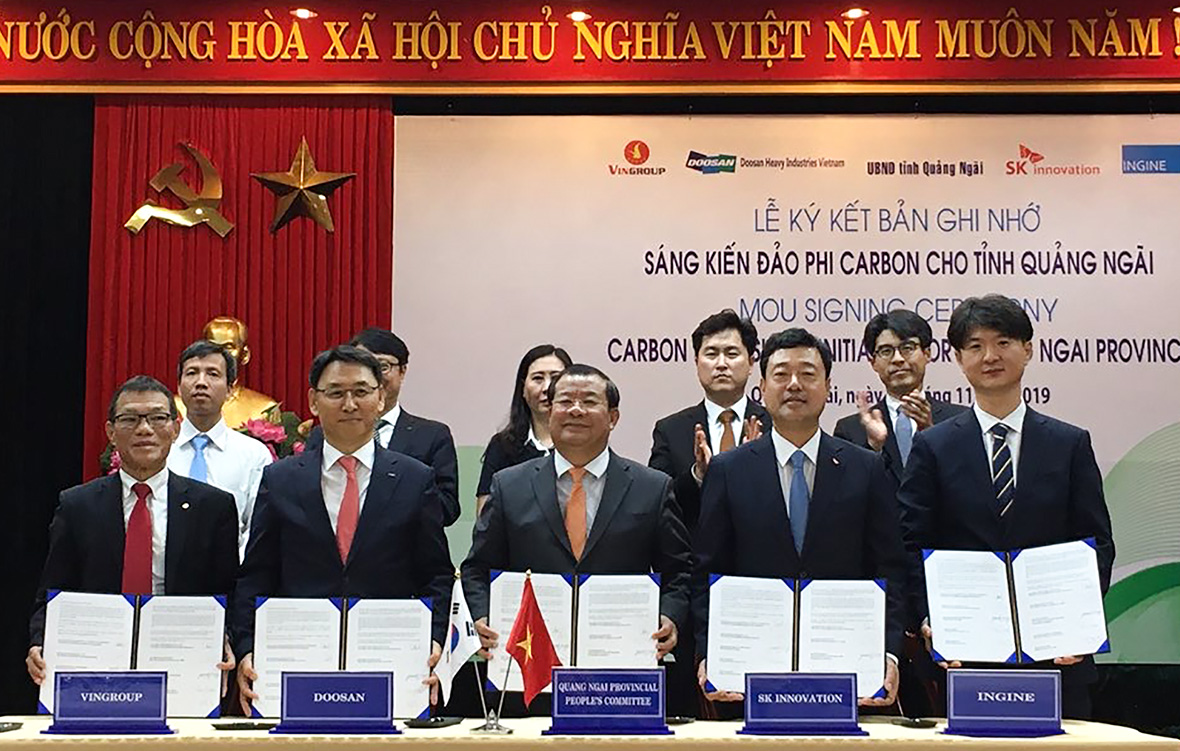
▲ INGINE CEO Sung Yong-jun (first from right) and representatives from SK Innovation, Doosan Vietnam, Vingroup and Quang Ngai Province at the MOU Signing Ceremony for Carbon Zero Initiative For Quang Ngai Province in Vietnam in November 2019
In January 2020, we formed a strategic partnership with the Moroccan Agency for Sustainable Energy (MASEN). INGINE was the only clean power generation company that formally entered a deal with MASEN at the U.K.-Morocco Business Dialogue in London.
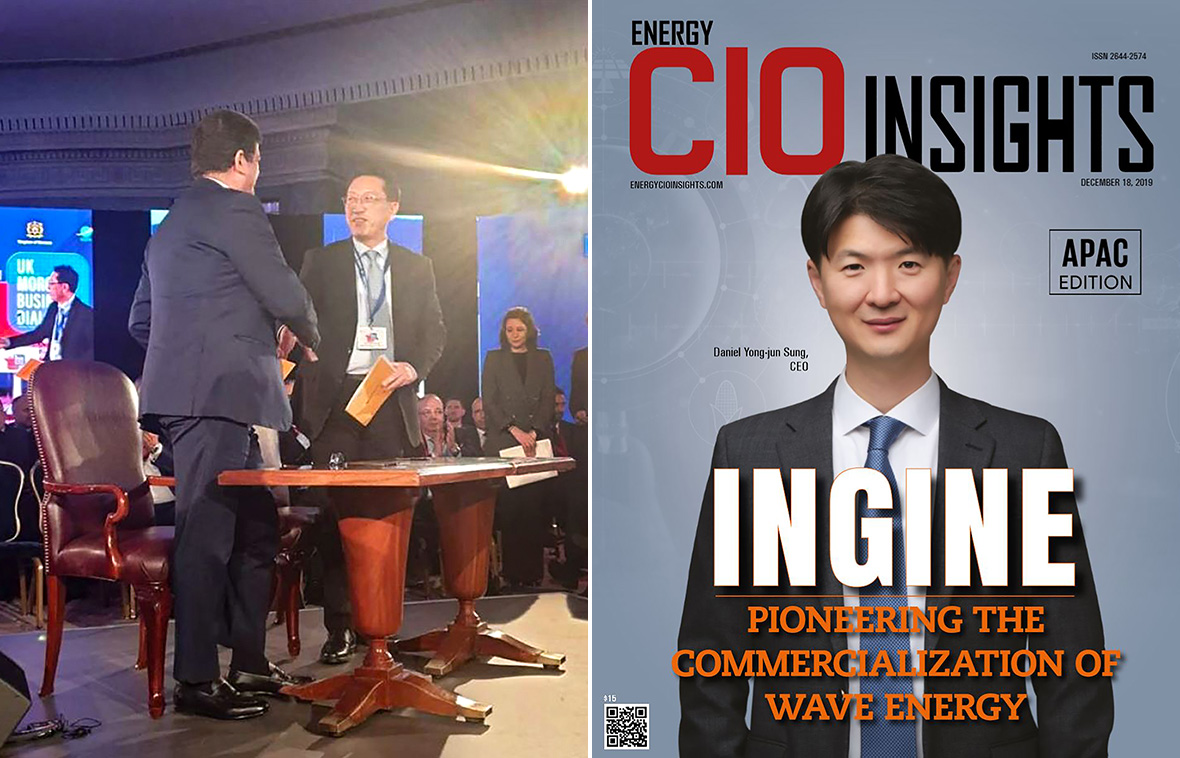
▲ (Left) Lee Sung-won, Head of INGINE’s London office, shakes hands with representative from MASEN after signing a business partnership at the U.K.-Morocco Business Dialogue in 2019/(Right) INGINE was chosen to be among TOP 10 energy enterprises voted by the U.S. magazine Energy CIO Insights in 2019
Just when I thought everything was starting to run smoothly, COVID-19 hit the entire world. Like many other businesses, we were harshly affected and had to deal with the aftermath of the global pandemic. For instance, we could not travel abroad as frequently as we needed to and as a result, our overseas projects became prone to delays. It has been a rough time for all of us, but we have not lost sight of our goals. Finally, we received good news. In Spring 2021, INGINE succeeded in attracting 4 billion KRW in investment from the Korea Development Bank. This will become an operating fund for INGINE to commercialize our wave energy technology and expand our business.
Q6. Good to know that. Now as you seem to be getting back in the game, we are curious about INGINE’s upcoming plans and other projects. Could you share with us some details about them?
We are striving to build our first commercial plant in 2022. From the various locations we are considering, Vietnam is where we have been actively working together with SK Innovation.
We were also selected to receive support from the Korean Environmental Industry and Technology Institute (KEITI) to progress with our project in Indonesia.
In Canada, INGINE has been selected as technology provider for a wave energy project. We are thankful to be trusted by the local First Nations, as well as by a community-centered project developer. We are about to start the Feasibility Study together with our partners in Canada. In parallel, we are planning on opening a French subsidiary in late 2021. Our goal is to have an R&D center in Europe and to create synergies with the Blue Economy, by developing a WEC integrated to offshore platforms. Beyond these major advancements, we are progressing on other projects around the world, and we hope to be able to share more good news very soon!
Thank you for joining this interview. We look forward to more good news from INGINE in the future.










 Youtube
Youtube Facebook
Facebook Instagram
Instagram Linkedin
Linkedin








